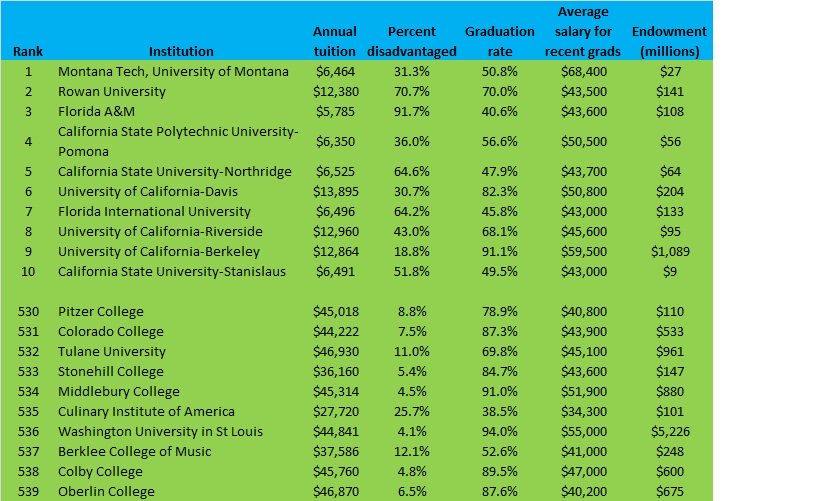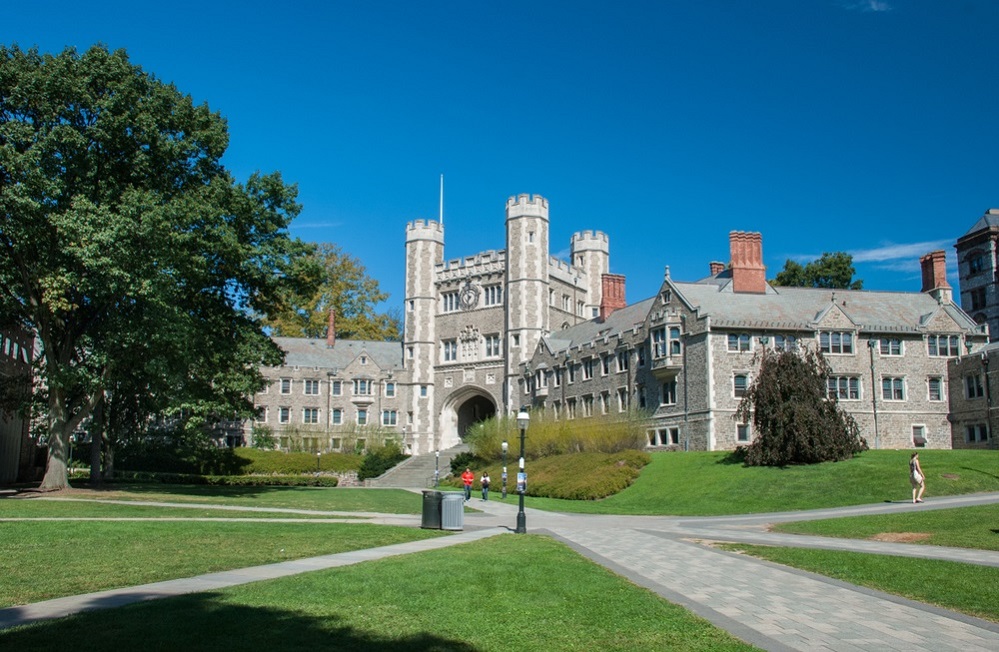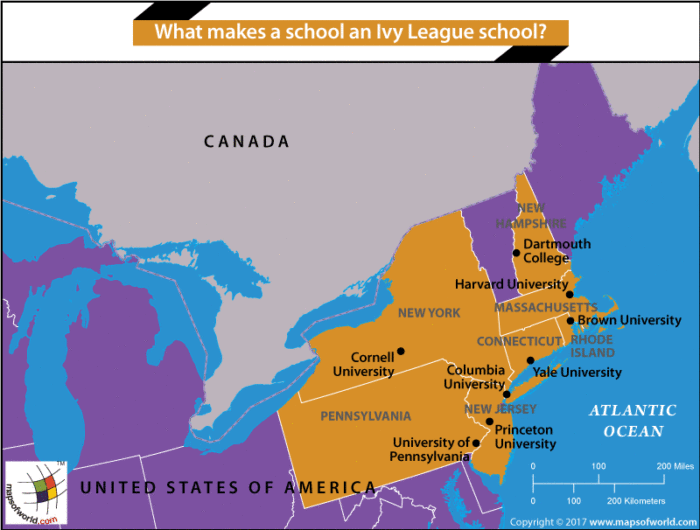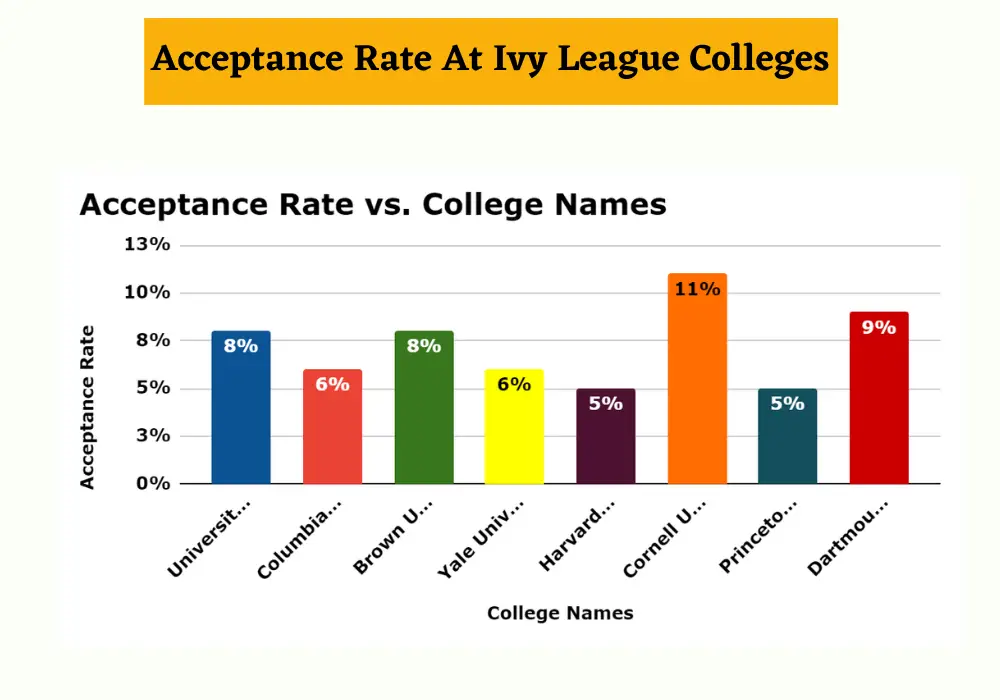We'll teach you the key circumference formulas you need to figure out the circumference of a circle when you know either the diameter or radius. The diameter of the circle is the largest chord and is passing through the center of the circle. The circumference of the circle is the length of the outer boundary of the circle. Both the diameter and the circumference are lengths and have linear units for measurement. Also, the circumference of the circle is equal to the product of the diameter and the constant pi. The perimeter of a circle is the same as the circumference of a circle.
It is the total length of the outer boundary of the circle. The perimeter or circumference of a circle is the product of the constant pi and the diameter of the circle. It is a linear one-dimensional quantity and has units such as m, inch, cms, feet. The radius, the diameter, and the circumference are the three defining aspects of every circle. Given the radius or diameter and pi you can calculate the circumference.
The diameter is the distance from one side of the circle to the other at its widest points. The diameter will always pass through the center of the circle. You can also think of the radius as the distance between the center of the circle and its edge. Suppose you know that the circumference of a circle is 20 centimeters and you want to calculate the radius. Just plug the value for the circumference into the equation and solve.
Remember that pi is approximately equal to 3.14. Lauren is planning her trip to London, and she wants to take a ride on the famous ferris wheel called the London Eye. While researching facts about the giant ferris wheel, she learns that the radius of the circle measures approximately 68 meters. What is the approximate circumference of the ferris wheel? Once again in this example, we're given the radius of the circle. Although it's not a clean number like our previous example, but we can still simply plug the number directly into the formula like what we did above.
Be aware of the units that this circle's radius is given in and remember to give your final answer in the same unit. In this question, we find that the circumference is equalled to 53.41m. Now to practice, try drawing a circle on a piece of paper, and measure your diameter with a ruler. Then, find your radius, and circumference. Although the circumference of a circle is its length, it cannot be calculated with the help of a ruler like it is usually done for other polygons. This is because a circle is a curved figure.
Therefore, to calculate the circumference of a circle, we apply a formula that uses the radius or the diameter of the circle and the value of Pi (π). The circumference of a circle is the perimeter of the circle. It is the total length of the boundary of the circle. The circumference of a circle is the product of the constant π and the diameter of the circle. A person walking across a circular park, or a circular table to be bordered requires this metric of the circumference of a circle.
The circumference is a linear value and its units are the same as the units of length. Understanding what a circumference of a circle is and how to calculate it is crucial as you move to higher level math. In this article you will learn the answers to the following questions. Use this circle calculator to find the area, circumference, radius or diameter of a circle. Given any one variable A, C, r or d of a circle you can calculate the other three unknowns. The radius of a circle is a line drawn from the direct center of the circle to its outer edge.
A radius can be drawn in any direction from the central point. A circle's radius is exactly half the length of the same circle's diameter, which is a line that divides the circle into two equal halves. Now, let's take the circle with the diameter of 9 cm, and radius of 4.5 cm, and calculate the circumference.
And as Math Open Reference states, the formula takes the circumference of the entire circle (2πr). It reduces it by the ratio of the degree measure of the arc angle to the degree measure of the entire circle . Pi is a constant value used for the measurement of the area and circumference of a circle or other circular figures. The symbol of pi is π and its numeric value is equal to 22/7 or 3.14. Further, these numeric values are used based on the context of the equation.
The circumference of a circle is its boundary or the length of the complete arc of a circle. The circumference of the circle is the product of π a constant and d the diameter of the circle. The circumference of a circle is a linear quantity that has the same units of length.
The distance around a rectangle or a square is as you might remember called the perimeter. The distance around a circle on the other hand is called the circumference . Perimeter of other shapes like squares. You can think of it as the line that defines the shape.
For shapes made of straight edges this line is called theperimeter but for circles this defining line is called the circumference. The circumference of a circle is the distance around a circle's edge. It is what you draw if you use a standard pin-and-pencil compass to draw a circle around a central point. The circumference of any circle is directly proportional to the diameter and the radius of the circle. The easiest thing to start with would be to take the ruler and measure, from the very center of the circle, the length between the outer edge.
Calculate angle measures using both the circumference formula and the arc length theorem. The circumference of the circle is a one-dimensional linear quantity and it has the same units of that of the length. The units of the circumference of a circle could be m, inch, cm, feet. The circumference of a circle is related to other linear quantities such as the radius, and diameter of the circle. Circumference is the distance around the perimeter of a circle.
It is calculated by multiplying the distance across the center by Pi (3.1416). Since a circle's circumference is the linear distance of the circle's edge, it describes a length. The circumference of a circle is the linear distance of the circle's edge.
It is equivalent to the perimeter of a geometric shape, although that term perimeter is only used for polygons. Our goal is to make science relevant and fun for everyone. Whether you need help solving quadratic equations, inspiration for the upcoming science fair or the latest update on a major storm, Sciencing is here to help. But, what if we aren't given either of these values?
In order to solve for either the radius or diameter of a circle, we need to know either its circumference or its area. Now, you may be asking, "Well where did pi come from, and why do we all the sudden get the circumference if we multiply said pi by our diameter? " If you are not asking that question… You should, and I'm going to answer it anyways. Things like radius, diameter, and circumference are terms that helps us to keep track of various measurements of a circle.
The circumference of a circle is related to one of the most important mathematical constants. This constant, pi, is represented by the Greek letter π . Feel free to play around with this online circle calculator to see how the circumference changes as the diameter and radius changes. We'll do a three examples to help you learn how to find the circumference of a circle using the formulas we just learned. Either of these circumference formulas can be used to help you solve problems.
The circumference of a circle refers to the measure of its boundary. If a boy starts running from point 'A' and reaches the same point after taking one complete round of the park, a distance is covered by him. This distance or boundary is called the circumference of the park which is in the shape of a circle. The circumference is the Length of the Boundary. Have you ever wondered how big the earth is?
Well, using pi it's possible to work out the circumference of the Earth! Scientists have discovered that the diameter of the Earth is 12,742km. Given this information, what is the circumference of the Earth? Get out a piece of paper and a calculator and see if you can work it out on your own. Square the radius, and multiply by pi.
Double the radius to get the diameter. Then multiply by pi to get the circumference. The perimeter of a circle is the same as its circumference, the distance around it. The term "perimeter" refers to the distance around any closed shape, and "circumference" applies specifically to a circle or arc. The first person to calculate the Earth's circumference was Eratosthenes, a Greek mathematician, in 240 B.C.
He discovered that objects in a city on the Northern Tropic do not throw a shadow at noon on the summer solstice, but they do in a more northerly location. Knowing this, and the distance between the locations, he succeeded in calculating the Earth's circumference. This proportion is the definition of the constant pi. It is used in many areas, such as physics and mathematics. For example, you can find it in the centrifugal force calculator. Learn to find the diameter or radius of a circle given the circumference.
Determine the radius of the circle if the circumference is twenty-three inches. Round your answer to the nearest hundredths. If you remember only one fact about circles, let this one be it. A radius is half the length of the diameter. But let's say we wanted to find the radius, diameter, and circumference of that circle, and all we have is a ruler. Now that we've looked at what the radius, diameter, and circumference are, let's look at how to calculate each one.
Circumference is comparable to the perimeter of a shape, like a parallelogram. If you were to cut the line of a circle, as if it were a string, and lay it out to measure. This length would be equivalent to the circumference. However, since a circle has a continuous curve, we use the word circumference rather than perimeter to distinguish it.
Formula For Circumference Of A Circle Given Radius Radius is the length from the midpoint of the circle to the outer edge of the circle. The radius is represented by the lowercase letter \(r\). The first technological invention using a circular shape, however, wasn't until 3500 BC, and it was the invention of the potter's wheel. Then, 300 years later, they were used for the wheels of chariots. As people began to see the value and use for circular-shaped objects, they begin to study circles. The term circumference is used when measuring physical objects, as well as when considering abstract geometric forms.
This means that the length on any arc can be found from its degree measure if the radius of the circle is known. Check out the below-listed articles related to the circumference of a circle and learn the basics. Let us understand this concept using an example. Consider a circular park as shown below. A Circle is a round closed figure where all its boundary points are equidistant from a fixed point called the center.
The two important metrics of a circle is the area of a circle and the circumference of a circle. Here we shall aim at understanding the formula and calculation of the circumference of a circle. If your radius is a mixed number, turn the number into an improper fraction. To do this, simply multiply the whole number part by the denominator and add that number to the numerator. The denominator should remain the same throughout the process. You can then use the improper fraction in your formula.
Divide the circumference by π, or 3.14 for an estimation. The result is the circle's diameter, 3.18 centimeters. This is the circle's diameter, in this case, 31.8 centimeters. Use our circumference calculator to find the radius when you only have the circumference or area of a circle. Using the formulas above and additional formulas you can calculate properties of a given circle for any given variable. Now, circumference is the distance around the outside edge of this circle.
Circumference is represented by the uppercase letter \(C\). Circles have been around for as long as the Earth has been around. People were able to see natural circles by observing the moon, the sun, and other various naturally circular shapes. Welcome to this video on the radius, diameter, and circumference of a circle. Learn the relationship between the radius, diameter, and circumference of a circle. We have over 160 practice questions in Geometry for you to master.
If DF is the diameter of circle C, find its length. Generally, it's easier to use whichever formula corresponds with the characteristics of the circle you are given. However, if you're unable to remember both of the formulas, you can always manipulate the info you're given so that it fits into the formula you do remember. Firstly, we will write the circumference formula and then substitute the value of r in the same. Now let's learn about the elements that make up circumference. These are the three most important elements of a circle.
Half of the diameter, or the distance from the midpoint to the circle border, is called the radius of the circle . WikiHow is a "wiki," similar to Wikipedia, which means that many of our articles are co-written by multiple authors. To create this article, 225 people, some anonymous, worked to edit and improve it over time. This article has been viewed 9,229,660 times. To find circumference from the diameter, just multiply pi by the diameter.
























































